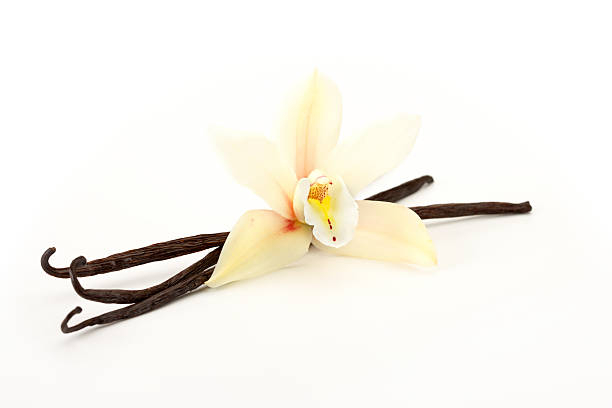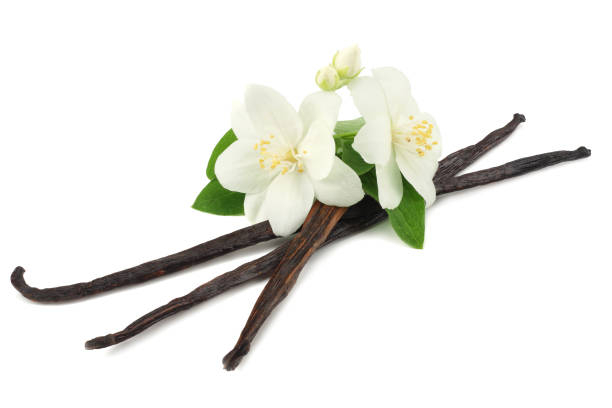Rich in vanillin
Vanilla extract and beans contain vanillin, a phenolic plant component. It is the part of vanilla that has been studied the most. Additionally, laboratories in China, France, and the United States manufacture synthetic vanillin. Other foods, such as rice bran oil and clove oil, can also be used to make vanillin.
Although these results are encouraging, it is yet unknown how vanillin impacts human health. Additionally, concentrated dosages of vanillin that are greater than what would be absorbed when consuming regular amounts of vanilla extract or bean were employed in research looking at these possible health advantages.
For comparison, vanilla extract has a vanillin content of 0.1-0.2% whereas cured vanilla beans have a vanillin concentration of 1-2%. Vanillin could provide some health advantages, but it's not apparent if regular use would result in any notable advantages. It should be emphasized that despite declining vanilla orchid output, the demand for natural vanilla has surged. As a result, vanilla prices have skyrocketed.







